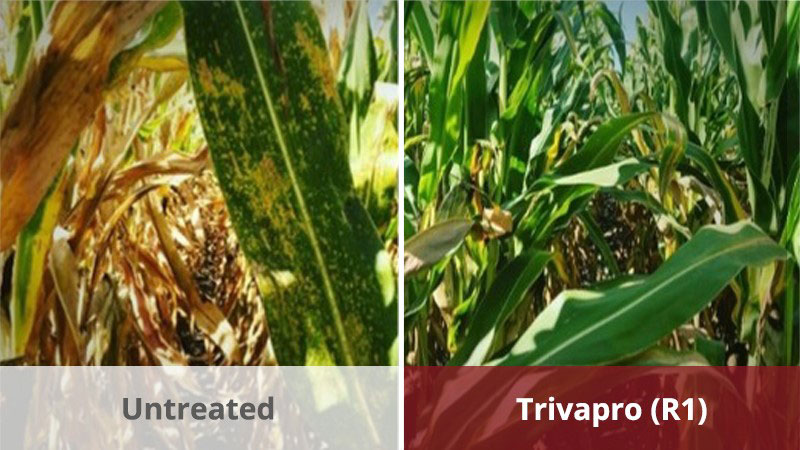Stick With Crop Through Rain Delays
It’s no reason to switch from corn to soybeans or to switch to an early-maturing corn variety, says Bill Wiebold, MU corn and soybean specialist. Yields usually begin to drop on corn planted after May 10 in central and northern Missouri. Continued rains and cool soil temperatures have kept growers from planting their corn fields at usual times in mid-April. This is a situation repeated throughout the Midwest, although growers on the eastern edges of the Midwest — such as Ohio — have had some opportunities to get corn planted.
The dates for when yields begin to drop can vary by location; check with your state or local Extension office for accurate timing in your service area. Still, much of Wiebold is telling Missouri growers applies across the Corn Belt once dates are adjusted.
“I would stick with corn through the end of May,” Wiebold says. “With the high price of corn, there is financial incentive to stick with corn even with some yield loss.”
Growers have to make individual decisions for their farms, he says. “Even if you incur a 5 percent yield loss after May 10, it doesn’t make economic sense to try to find soybean seed and make the switch.”
Rains coming every other day haven’t made planting decisions simple for crop growers this year, Wiebold says. He cautions against rushing into the field before the ground is ready to work. Planting in wet fields can cause soil compaction and form clods that will hamper crop growth.
“Rain is our major concern now,” he says. “Soil temperatures, which should be above 55 degrees at the 2-inch depth, are safe for planting now. If they are not warm enough, they will be in a few days.”
Switching to an early-maturing variety almost assures yield loss. “Those early varieties are shorter and have less yield potential,” he says. “An early variety might offer some advantage in reduced drying time at harvest, but that depends on the fall season.” Anyone switching from a 110-day variety to a 100-day variety should increase seeding rates by up to 4,000 seeds per acre to offset potential loss.
Delayed planting increases the risk from drought damage at the time of pollination. The later a corn plant matures, the higher the chance of pollen drop coming in hot, dry weather, which reduces the kernel set on the corn cob.
In four years of planting-date studies at the MU Bradford Farm in Columbia, Wiebold has found that corn yields begin to drop after the first week of May. By May 20, yields dropped an average of 16 percent compared with the earliest planting date over the four-period. By June 4, yields dropped 24 percent.
“So much depends on the weather in late June,” Wiebold says. “We’ve had late plantings when rain and cooler temperatures occurred at pollination. Excellent yields resulted in those years.” With normal rainfall or irrigation, yield loss is minimal through at least mid-May planting dates.
Corn seed should be planted between 1.5 and 2 inches deep in the soil, Wiebold says. That allows for good root development, which helps later in a dry season. “In general, Missouri farmers plant too shallow,” he adds.
“For now, wetness is our problem,” Wiebold says. “We need a week of good drying weather.”






